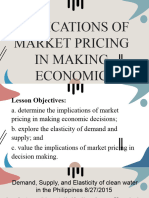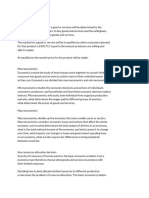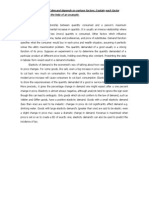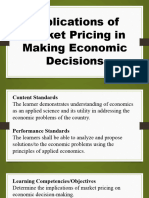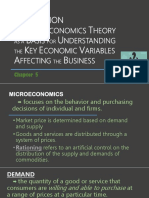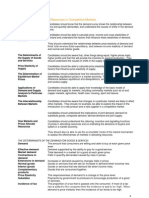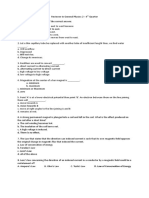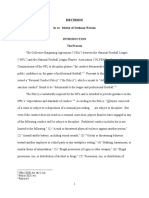0% found this document useful (0 votes)
16 views41 pagesChương 4 - Quản Lý Doanh Thu
The document discusses key economic principles such as scarcity, opportunity costs, supply and demand, price elasticity, and demand forecasting. It explains how consumers make choices based on limited resources and the implications of pricing decisions on market dynamics. Additionally, it highlights the importance of understanding demand elasticity and forecasting for effective revenue management.
Uploaded by
kimloan12347890Copyright
© © All Rights Reserved
We take content rights seriously. If you suspect this is your content, claim it here.
Available Formats
Download as PDF, TXT or read online on Scribd
0% found this document useful (0 votes)
16 views41 pagesChương 4 - Quản Lý Doanh Thu
The document discusses key economic principles such as scarcity, opportunity costs, supply and demand, price elasticity, and demand forecasting. It explains how consumers make choices based on limited resources and the implications of pricing decisions on market dynamics. Additionally, it highlights the importance of understanding demand elasticity and forecasting for effective revenue management.
Uploaded by
kimloan12347890Copyright
© © All Rights Reserved
We take content rights seriously. If you suspect this is your content, claim it here.
Available Formats
Download as PDF, TXT or read online on Scribd
/ 41





